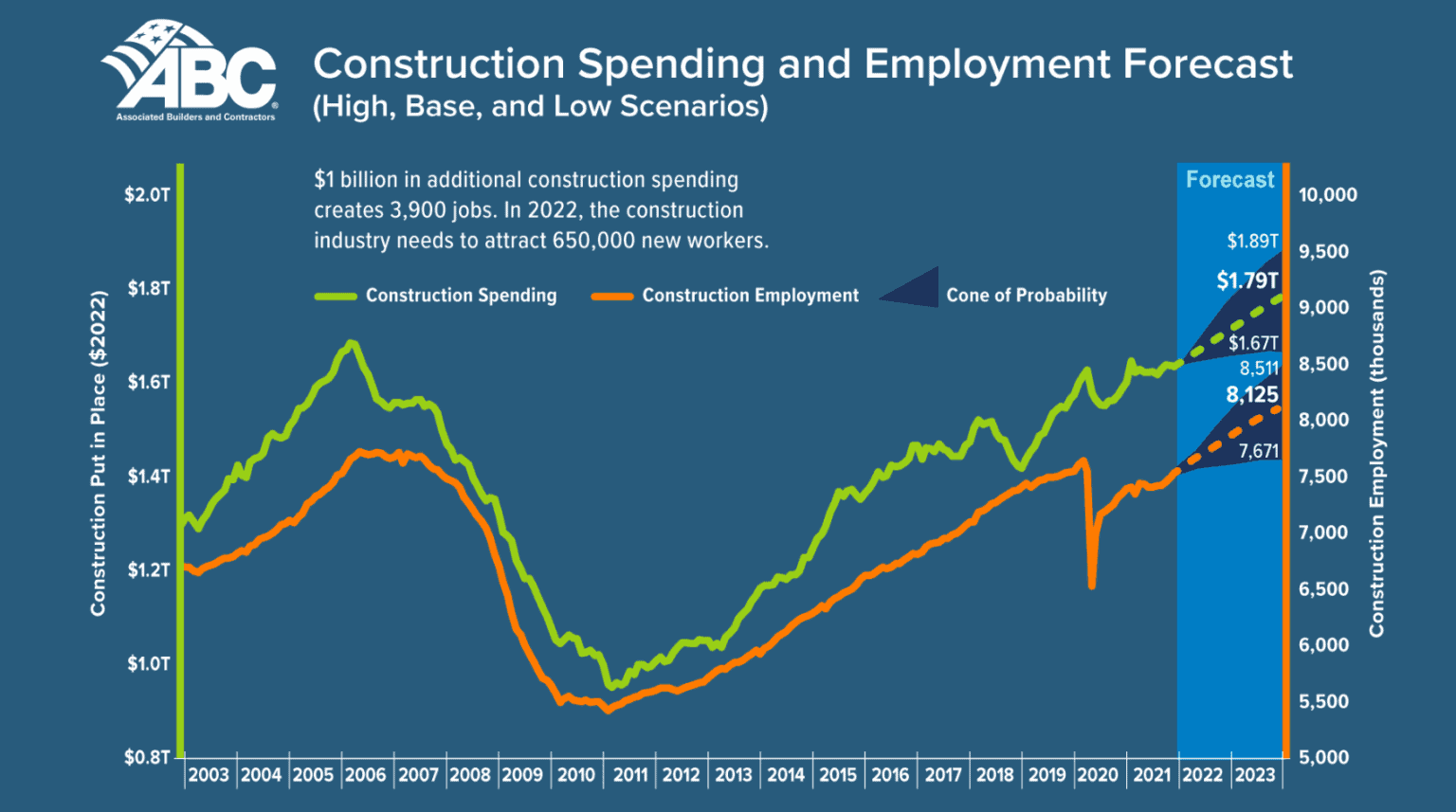Addressing Canada's Housing Shortage: Exploring The Potential Of Modular Construction

Table of Contents
The Current State of Canada's Housing Market
Affordability Crisis
Canada's housing market is plagued by an affordability crisis. Homeownership rates are declining, particularly among younger generations, while rental vacancy rates are at historic lows. This is reflected in the staggering average house prices in major cities like Toronto and Vancouver, far exceeding the reach of many average-income earners.
- Average home prices in Toronto have surpassed $1 million, while Vancouver sees similar, if not higher, figures.
- Rental vacancy rates in many urban centers are below 1%, leading to exorbitant rents and increased competition for available units.
- First-time homebuyers and low-income families are disproportionately affected, facing significant challenges in securing safe and affordable housing.
Shortage of Housing Inventory
The current housing shortage is a critical factor driving up prices and rents. The insufficient supply of housing units to meet the growing demand is a multifaceted problem stemming from various factors:
- Land Scarcity: Limited availability of developable land, particularly in urban areas, restricts the construction of new homes.
- Lengthy Construction Times: Traditional construction methods are time-consuming, delaying the completion of new housing projects and exacerbating the shortage.
- Regulatory Hurdles: Complex building codes and approval processes often add delays and increase costs associated with traditional construction.
- Regional Variations: The severity of the housing shortage varies significantly across Canada, with some regions experiencing more acute challenges than others.
Modular Construction: A Viable Solution?
What is Modular Construction?
Modular construction involves manufacturing housing units or sections off-site in a controlled factory environment. These pre-fabricated modules are then transported to the construction site and assembled, significantly reducing construction time and costs.
- Faster Construction Times: Modular construction can cut construction time by up to 50%, accelerating the delivery of much-needed housing units.
- Reduced Labor Costs: Factory-controlled production minimizes labor costs and improves efficiency.
- Improved Quality Control: The controlled environment of a factory setting ensures higher quality control and minimizes on-site errors.
- Comparison to Traditional Construction: Unlike traditional construction, which relies heavily on on-site labor and is subject to weather delays, modular construction offers predictability and efficiency.
Addressing Affordability with Modular Homes
The efficiency inherent in modular construction translates directly into lower housing costs. This affordability is a major advantage in addressing Canada's housing crisis.
- Cost Savings on Materials: Prefabrication allows for optimized material usage and reduces waste.
- Reduced Labor Costs: As mentioned above, factory production leads to lower labor expenses.
- Shorter Construction Time: Faster construction means reduced financing costs and quicker occupancy.
- Government Incentives: Government incentives and policies, such as tax breaks or grants, can further enhance the affordability of modular homes.
Environmental Benefits of Modular Construction
Modular construction offers significant environmental advantages, contributing to a more sustainable housing future.
- Reduced Waste: Precise prefabrication minimizes material waste compared to traditional construction.
- Lower Energy Consumption: Factory production consumes less energy than on-site construction.
- Use of Sustainable Materials: Modular construction facilitates the integration of sustainable and eco-friendly building materials.
- Potential for Net-Zero Energy Homes: Modular construction lends itself well to the creation of energy-efficient, net-zero energy homes, reducing the carbon footprint of new housing.
Overcoming Challenges in Implementing Modular Construction in Canada
Regulatory Hurdles
Existing building codes and regulations in Canada may not fully accommodate the unique aspects of modular construction, posing a challenge to wider adoption.
- Code Harmonization: Streamlining building codes across provinces and territories is essential to facilitate modular construction projects.
- Addressing Transportation and Assembly Standards: Clear guidelines are needed to address the transportation and assembly of prefabricated modules.
Public Perception and Acceptance
Overcoming public misconceptions and fostering acceptance of modular homes is crucial for the success of this building method.
- Educational Campaigns: Public awareness campaigns highlighting the benefits of modular construction can alleviate concerns.
- Showcase Projects: Showcasing successful modular housing projects can demonstrate their quality and appeal.
Transportation and Logistics
Efficient transportation and on-site assembly are logistical challenges that need careful planning and execution.
- Specialized Transportation: Investing in specialized transportation infrastructure to handle the unique size and weight of modular units is crucial.
- Optimized Assembly Processes: Refined assembly procedures on-site will ensure efficiency and minimize disruption.
Case Studies and Success Stories
Several successful modular construction projects in Canada and internationally demonstrate the viability and benefits of this approach. [Insert links to relevant case studies here].
Conclusion
Modular construction presents a compelling solution to Canada's housing shortage. Its speed, affordability, and environmental benefits make it an attractive alternative to traditional methods. By addressing the regulatory hurdles and promoting public awareness, Canada can unlock the significant potential of modular construction to deliver sustainable and affordable housing solutions for all Canadians. Explore the potential of modular construction for your next project, consider the benefits of modular homes, and learn more about modular building solutions for Canada's housing needs. The future of housing in Canada may well be built in a factory, one module at a time, leading to a brighter, more sustainable housing future for all.

Featured Posts
-
 Investitsii Ferrexpo V Ukraine Pod Ugrozoy Zayavlenie Zhevygo
May 17, 2025
Investitsii Ferrexpo V Ukraine Pod Ugrozoy Zayavlenie Zhevygo
May 17, 2025 -
 I Megaloprepis Teleti I Episkepsi Toy Proedroy Tramp Stin Saoydiki Aravia
May 17, 2025
I Megaloprepis Teleti I Episkepsi Toy Proedroy Tramp Stin Saoydiki Aravia
May 17, 2025 -
 Canadas New Tariffs On Us Goods Plummet Near Zero Rates With Key Exemptions
May 17, 2025
Canadas New Tariffs On Us Goods Plummet Near Zero Rates With Key Exemptions
May 17, 2025 -
 Was Losing Jalen Brunson Worse For The Mavericks Than Trading Luka Doncic Would Have Been A Comparison
May 17, 2025
Was Losing Jalen Brunson Worse For The Mavericks Than Trading Luka Doncic Would Have Been A Comparison
May 17, 2025 -
 Angelo Stiller A Potential Transfer To Barcelona Or Arsenal
May 17, 2025
Angelo Stiller A Potential Transfer To Barcelona Or Arsenal
May 17, 2025
